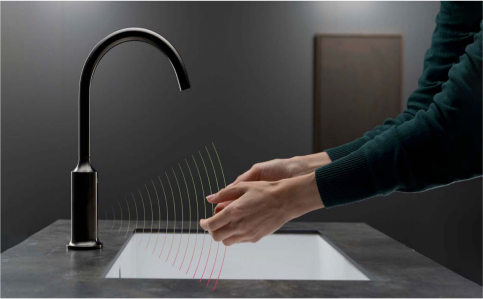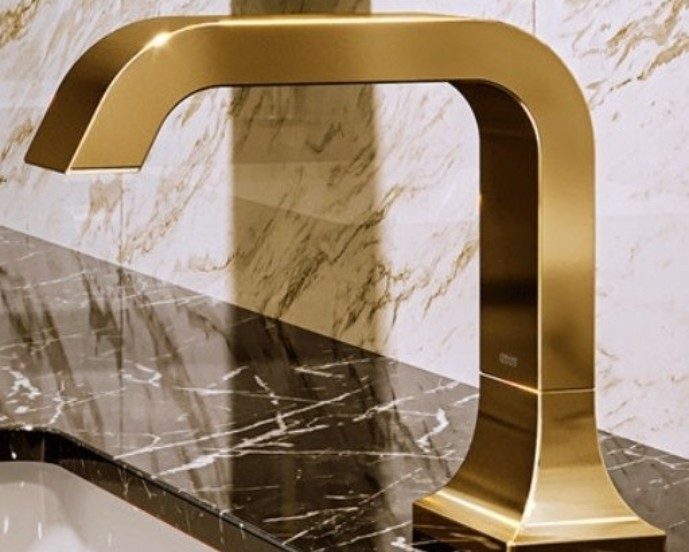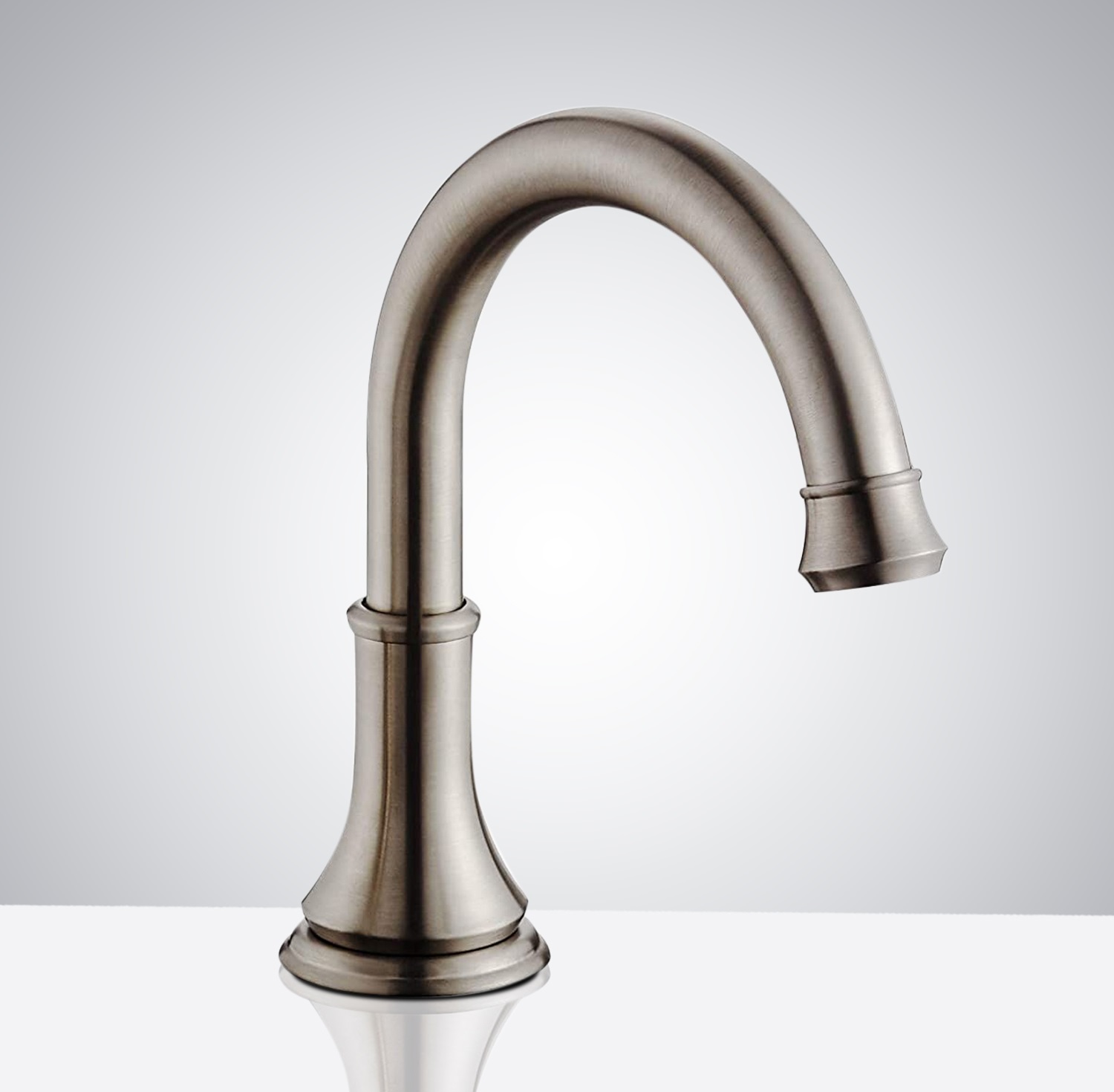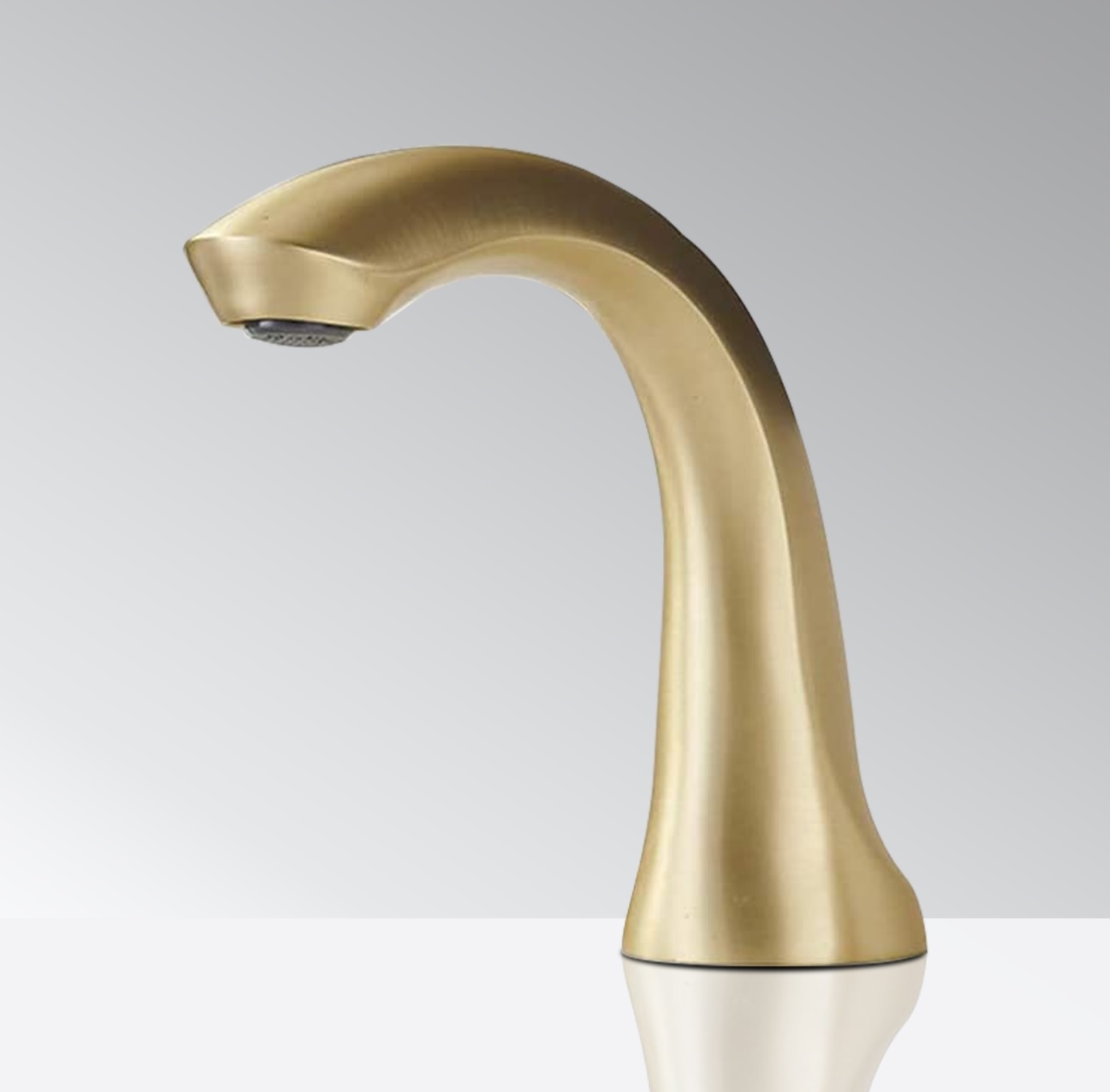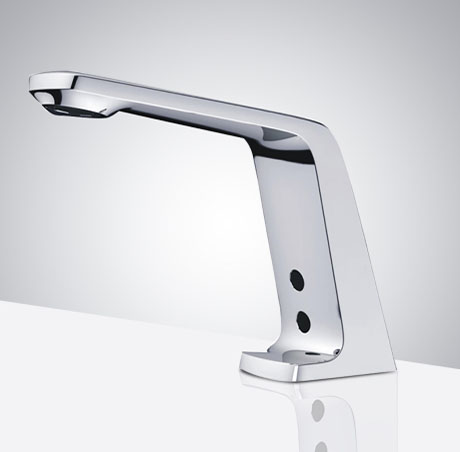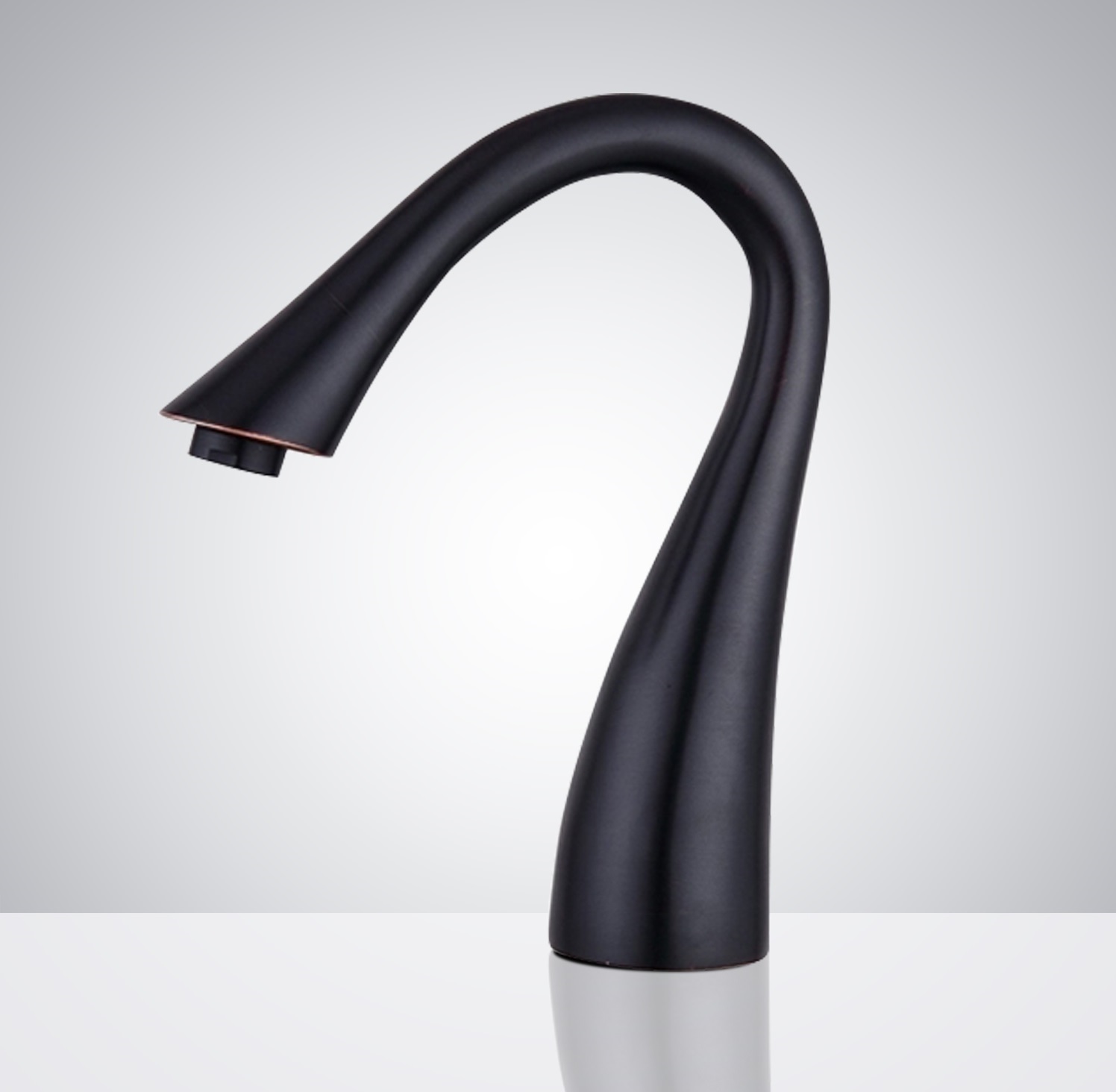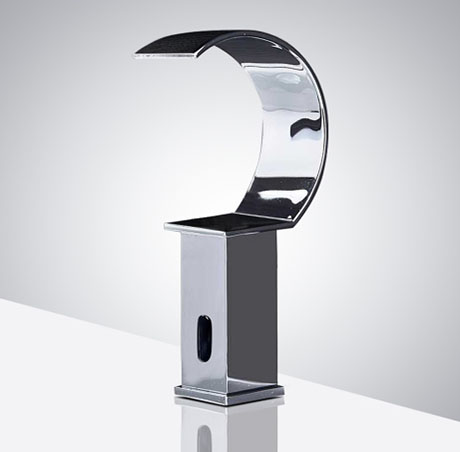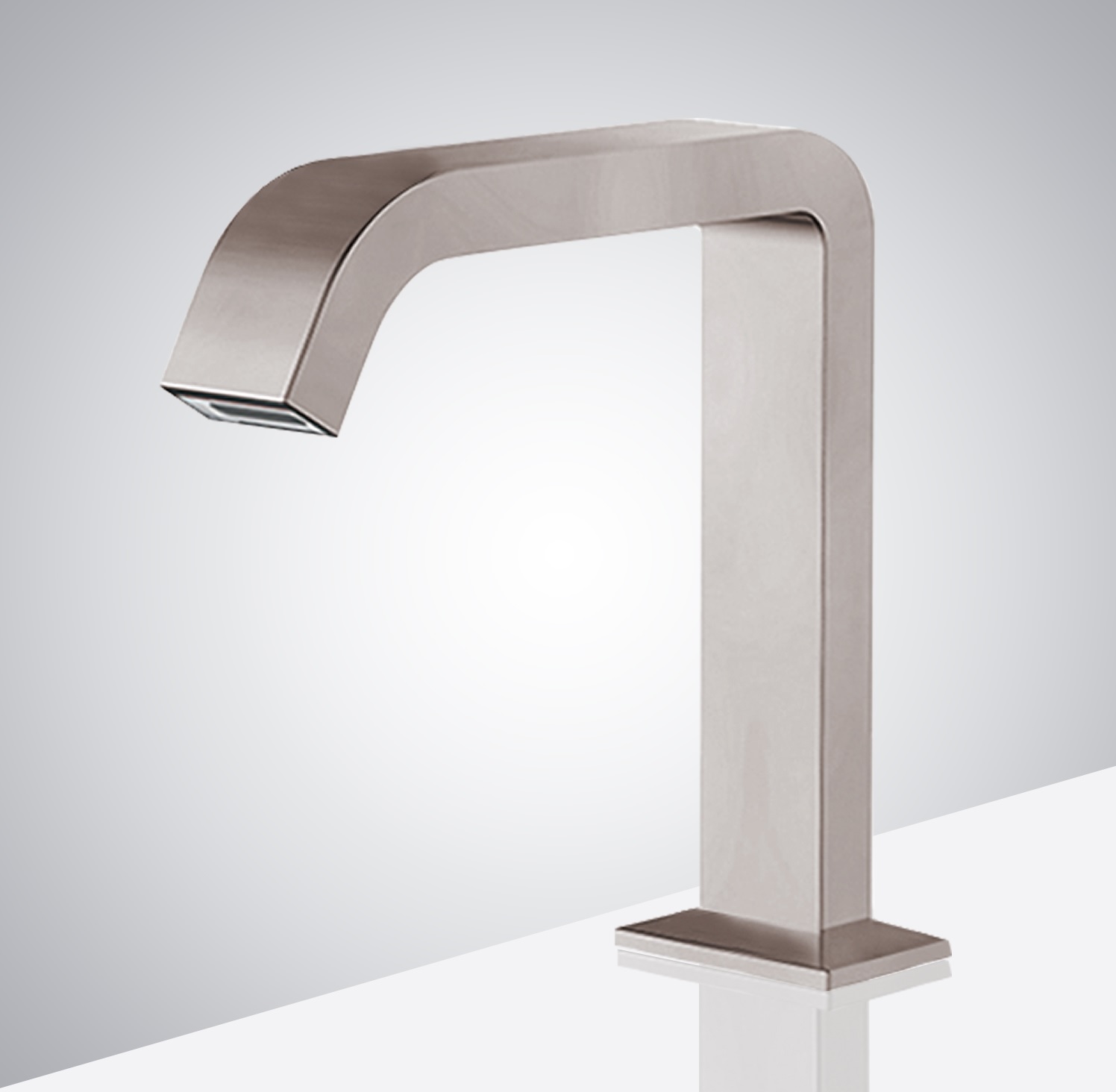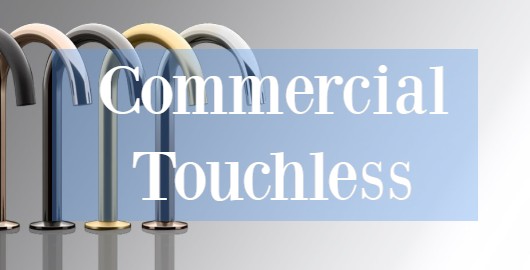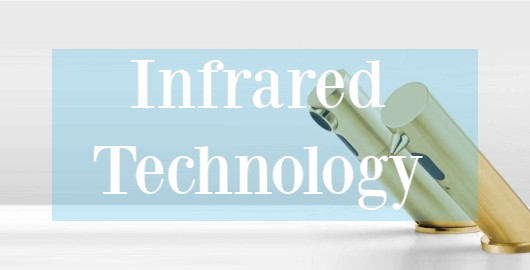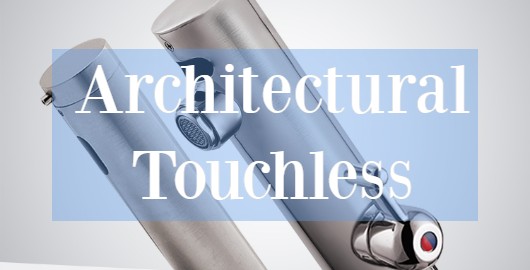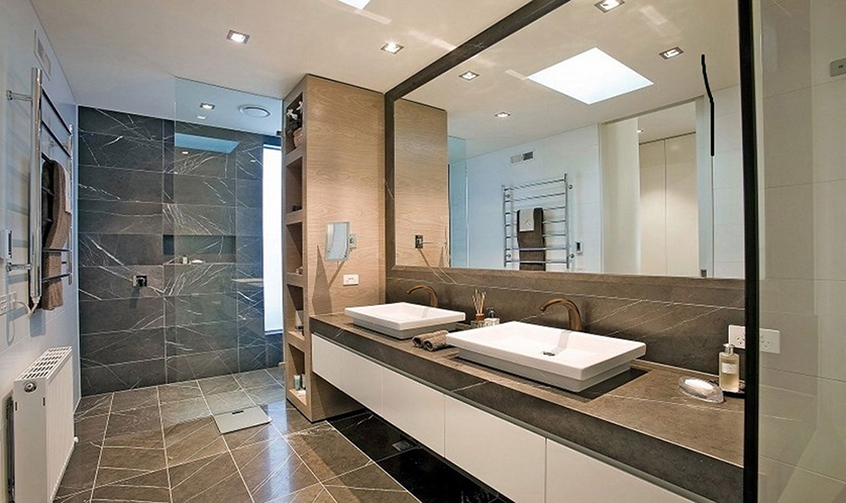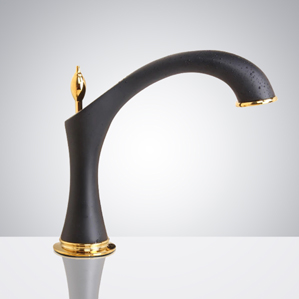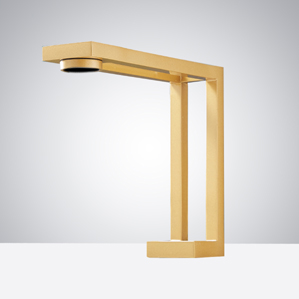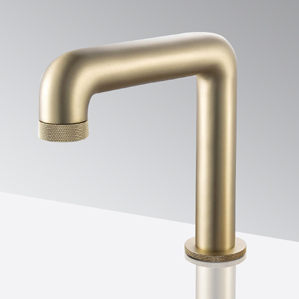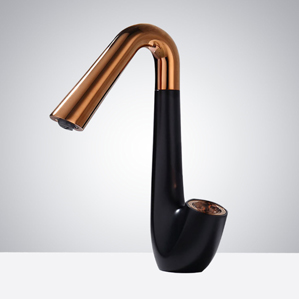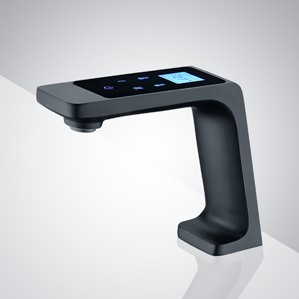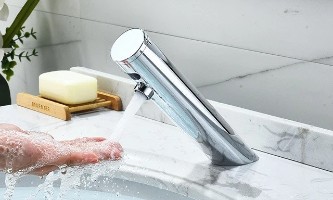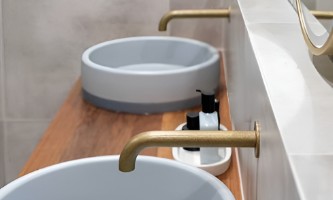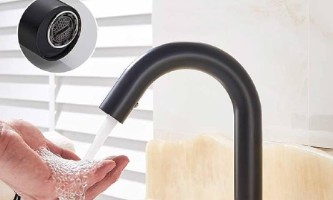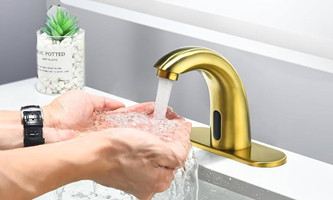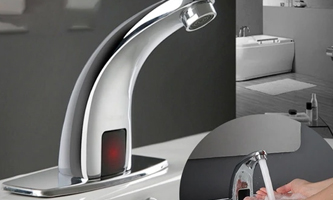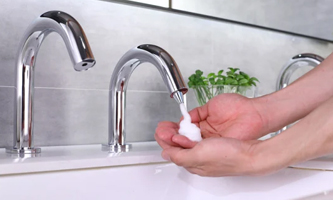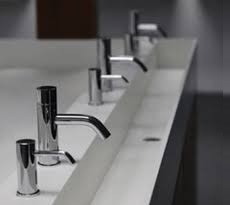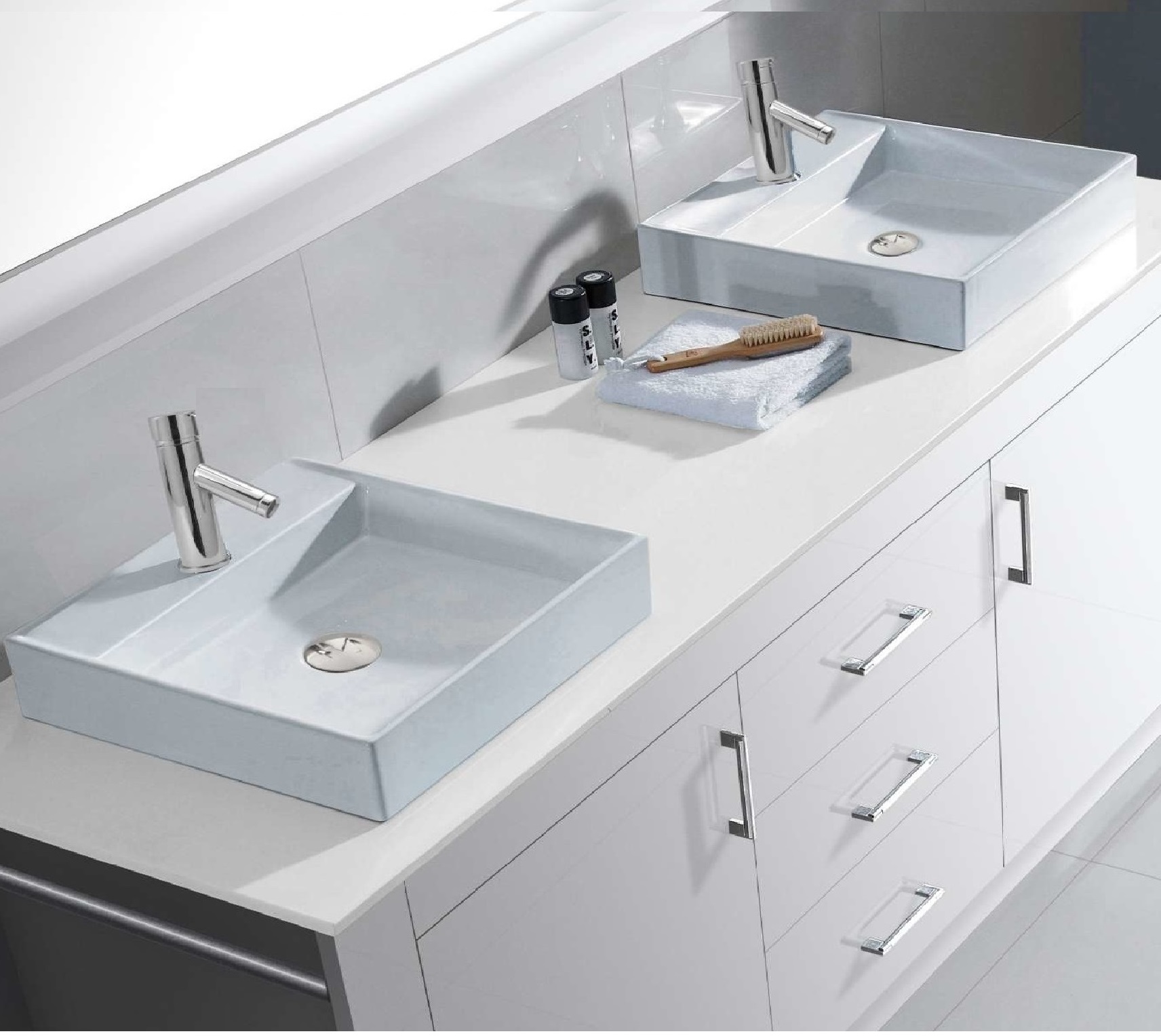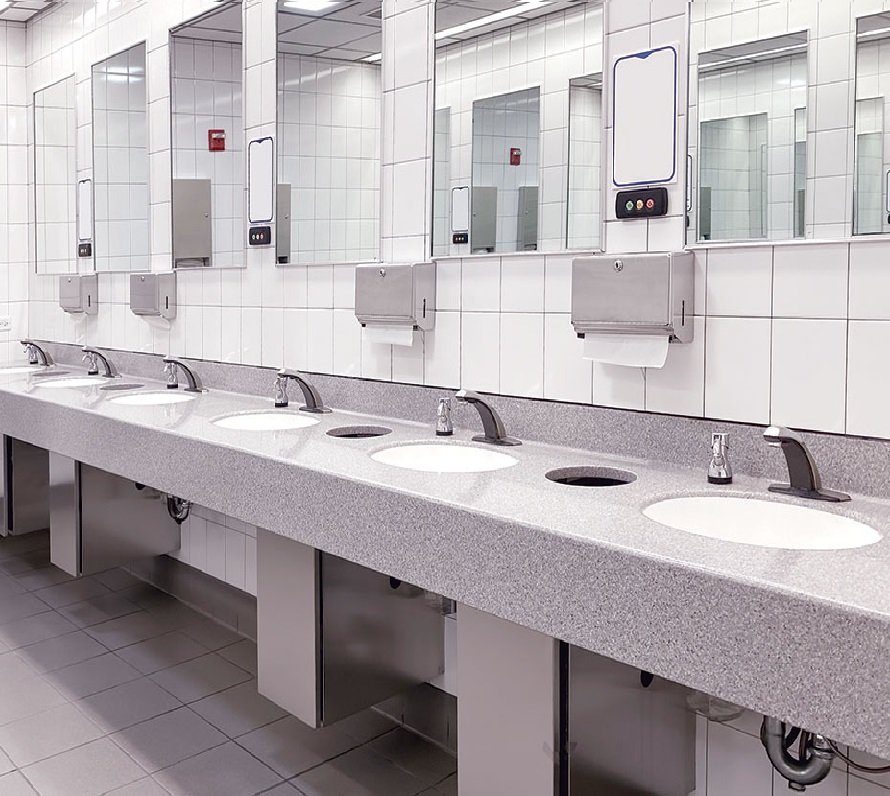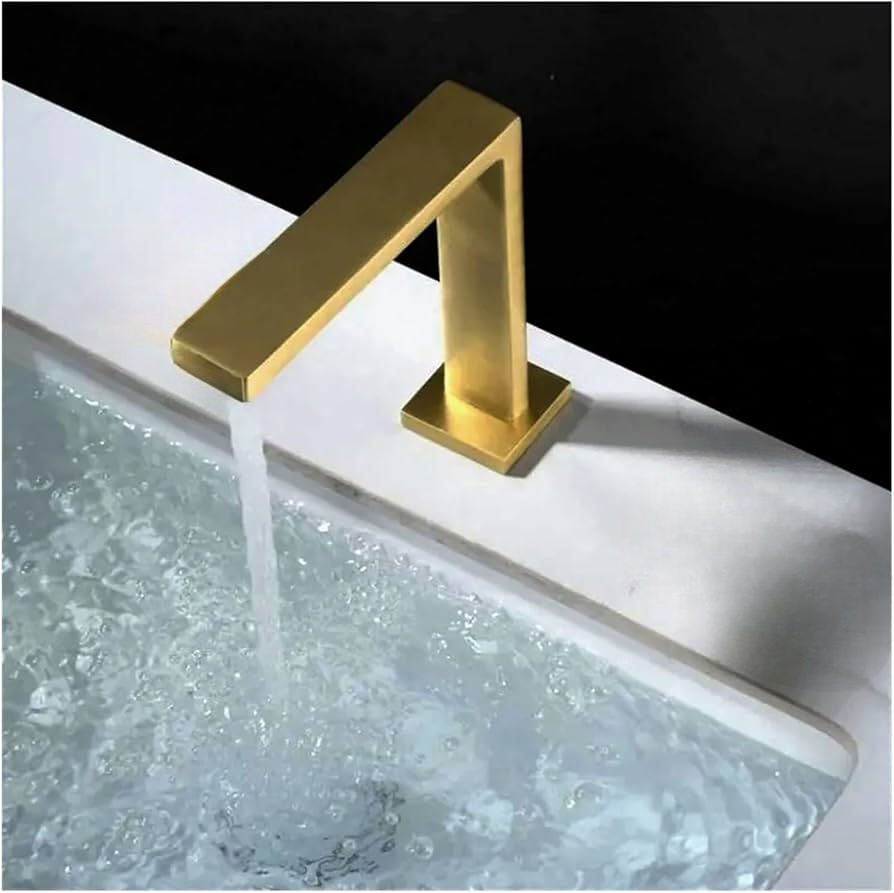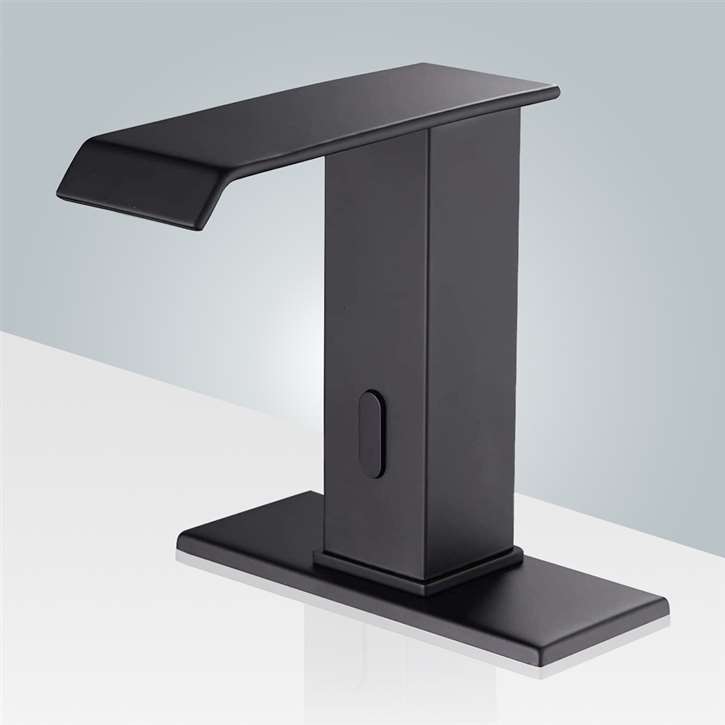The Touchless Operation
Touchless Faucets and Water Conservation: A Smart Solution for Modern Restrooms
In a time marked by heightened sensitivity to cleanliness and environmental responsibility, touchless faucets have emerged as a hallmark innovation in commercial and public restroom design. These smart, sensor-controlled fixtures represent a discreet marriage of technology, convenience, and sustainability, and have become a vital component in high-traffic applications such as airports, hospitals, schools, office buildings, and hospitality centers. Even though brought in at first to raise the levels of sanitation by reducing exposure to infected surfaces, touchless faucets today are also just as popular for their vast impact in saving water.
Regular manual faucets unnecessarily waste water by virtue of carelessness by the users—forgetting to completely turn off the tap, running unnecessary water, or using extra water beyond necessity in order to achieve adequate hand washing. In contrast, touch faucets are equipped with infrared or motion sensors to detect the approach of hands and permit water supply only as and when needed. As soon as the user moves his hands back, the faucet is automatically turned off, thus preventing any loss of water unnecessarily. This adaptive and efficient mechanism results in using only the precise quantity of water needed during every cycle, and this translates to tremendous water conservation in the long term.
New touchless faucets, such as those by FontanaShowers, go one step further by adding flow restrictors and aerators—units that optimize water pressure at the expense of flow rate. Besides enhancing user comfort, this also meets green building standards such as LEED certification by minimizing total water consumption in commercial buildings by significant quantities. The newer models are also equipped with thermostatic mixing valves, which allow temperature adjustment without human intervention, contributing to energy efficiency.
Along with the technological innovation, touchless faucets are constructed to withstand and provide durability through long-term performance. Their sturdy build—often with corrosion-resistant finishes like stainless steel, brushed nickel, matte black, or chrome—ensures that they can withstand the abuses of high-frequency usage without compromising their clean and modern appearance. Paired with dependability, minimal maintenance, and water-saving advantages, these faucets present a cost-effective and eco-friendly choice for facilities managers who want to reduce operational costs and become more sustainable in function.
Furthermore, the COVID-19 pandemic has in turn accelerated demand for touch-free bathroom facilities, pushing facility planners to prioritize hygiene and water conservation. Installing touchless fixtures such as automated faucets and soap dispensers is part of a broader movement toward intelligent, sustainable infrastructure that promotes public health and environmental stewardship in equal measure.
As commercial buildings move toward smarter and greener operations, touchless faucets stand at the intersection of hygiene innovation and sustainable water management. In this article, we’ll explore the engineering behind touchless faucet technology, the key water-saving features that set them apart from traditional fixtures, and why they are becoming the standard in commercial restroom design.
There have been a number of research studies regarding the impact of touchless faucets on water conservation and sanitation, with feedback from manufacturers like FontanaShowers and learning institutions. The research is very handy in illustrating the efficiency of sensor faucets across various settings.
FontanaShowers Research
In 2023, FontanaShowers conducted a water conservation comprehensive study in 25 commercial settings - office buildings, shopping malls, hospitals, schools, and airports—to assess water use before and after the installation of touchless faucets. The study revealed an average water savings of 35%, with some of the locations achieving up to 40% savings. Hospitals and airports, with high traffic levels, recorded the highest savings. The study identified user conduct and regular maintenance as being imperative to the maintenance of such water-conserving achievements. Fontana Showers
Another study by FontanaShowers was focused on the of high-technology sensors in touchless faucets. The research revealed that improved sensor accuracy led to less false activation and non-activation, which helped in greater user satisfaction and more water savings. The study pointed out the connection between sensor performance and operational efficiency in high-traffic restrooms.
Fontana Showers
Academic Research
A study in California State University, Sacramento, compared the water usage between automatic and manual faucets. The study showed that automatic faucets with a 0.5 gallons per minute (gpm) aerator saved 32% water, while with a 0.35 gpm aerator saved 54%. The study concluded that automatic faucets with lower flow rates conserve more water.
University of Southern California (USC) spent $1.5 million on installing touchless water-saving faucets on 118 campus structures. Fixtures, rated as 0.35 gpm, have been estimated to reduce water use by up to 85%, translating to savings of half million gallons annually or more.
Hygiene Concerns
Research has also investigated the hygiene benefits of touchless faucets. A study highlighted by Oras Group showed that touchless electronic faucets had significantly lower microbial biomass on their surfaces compared to lever faucets, indicating improved surface hygiene.
Oras Stories
Contrarily, a 2011 report done by Johns Hopkins University revealed that certain internal components of sensor faucets can harbor bacteria such as Legionella. This gives more significance to constant maintenance and design needs to address possible hygiene dangers. PHCP Pros
Conclusion Also see the following Related StudiesThe overall conclusions of all these studies indicate that touchless faucets can contribute significantly to water conservation and increased hygiene in various settings. The effectiveness of such fixtures, however, depends on sensor reliability, user behaviors, maintenance behaviors, and design considerations. Organizations considering the installation of touchless faucets should weigh these factors in order to realize the greatest benefits from this technology.
Plan & Design a Restroom:
Great! Here is the next set—questions 6 through 10, each answered in 100+ technical words, continuing the in-depth discussion on touchless faucets and water conservation:
Can adaptive sensor logic that learns user behavior patterns improve long-term water efficiency? If so, how?
In fact, adaptive sensor logic significantly improves long-term water efficiency by dynamically modifying sensor sensitivity and timing based on observed user behavior patterns. These advanced systems utilize machine learning algorithms or heuristic models to optimize faucet performance over time. For instance, if the system discovers that users have a habit of removing their hands quickly after rinsing, it can minimize shut-off delays to conserve water. Conversely, it can momentarily extend activation time for users who linger longer, averting successive activations. By minimizing both premature cut-offs and excessive flows, adaptive logic lowers wastage while enhancing user experience. It is particularly effective in environments where traffic and usage intensity are variable, such as stadiums or universities.
What are the materials and internal sealing technologies that are used to minimize internal leaks and micro-drips in automatic faucets?
Touchless faucets contain very accurate internal mechanisms with high-quality elastomer seals, ceramic disc cartridges, and corrosion-resistant valves to prevent internal drips and micro-leaks. Solenoid valves typically possess EPDM (ethylene propylene diene monomer) or silicone diaphragms that offer better elasticity and chemical resistance. These materials maintain tight seals even after hundreds of thousands of cycles. Additionally, most premium models utilize ceramic sealing discs with polished surfaces that form a watertight seal without deforming over time. Anti-drip aerators and check valves are also built in to control residual water flow after activation. All these design elements combined reduce the risk of undetected water loss, assisting in supporting both sustainability and regulatory compliance.
How do battery vs. hardwired power options affect sensor performance and water conservation reliability over time?
Power source—battery or hardwired—directly impacts sensor performance, reliability, and maintenance in touchless faucets. Battery-operated faucets are easier to install and ideal for retrofit installations, but can be beset by slowing sensor response as batteries weaken, leading to delayed activation or shut-off and potential water waste. More expensive faucets typically include low-battery indicators and energy-efficient circuitry to extend life up to 3 years. Hardwired systems, on the other hand, deliver stable voltage and continuous operation, supporting more complex sensor logic and faster solenoid activation. They're the choice in high-use commercial settings where continuous reliability and water-saving precision are the priority. Hardwired installation does require initial infrastructure and professional electrical installation.
How does low-power consumption microcontroller architecture help ensure eco-efficient faucet operation?
Low-power microcontrollers constitute the central processing units of touchless faucet systems, managing sensor input, valve timing, and power regulation. By leveraging power-saving architectures—such as ARM Cortex-M or RISC-based architectures—these controllers minimize power consumption without compromising performance. This is especially important in battery-operated faucets, where each milliwatt of savings can equate to increased operational life. Also, these microcontrollers support sophisticated features like sensor learning algorithms, temperature compensation, and adaptive shut-off timers, all designed with water conservation optimization in mind. Some models enter ultra-low-power sleep modes when inactive, waking up instantly on signal detection. These microcontrollers offer precise, reliable, and sustainable functionality in both commercial and institutional restroom environments.
How are faucet shut-off delays (after hand removal) calibrated to optimize both conservation and hygiene?
Shut-off delay—measured from hand removal to water cessation—is the most important variable in finding a compromise between hygiene and water conservation. If the delay is too short, it will interrupt the user's rinsing process, leading to repetitive activation, whereas too long a delay causes water wastage. High-performance touchless faucets allow the setting of delay values, typically between 0.1 and 2 seconds, depending on the application. Some models have auto-adjusting algorithms that learn from usage frequency and user proximity habits. In healthcare settings, longer delays allow for full rinsing, while in public facilities, shorter intervals minimize wastage. This balance gives a hygienic, user-friendly experience within eco-efficiency guidelines.
What are the points of failure in older sensor faucet designs that cause water inefficiency, and how do newer designs resolve them?
Initial designs of sensor faucets were often plagued by exposed infrared emitters, slow solenoid response time, and improper sensor calibration—all leading to water wastage. The systems would falsely trigger due to ambient light ingress, reflections, or power supply instability, causing water to flow for no apparent reason. Another common point of failure was the breakdown of rubber diaphragms and valve seals, forming micro-leaks. Modern designs solve these issues with better optical shielding, digital sensor calibration, and sealed electronics. Solenoid valves now utilize low-friction, corrosion-resistant materials like stainless steel and advanced polymers that significantly expand life cycles. Modern faucets also have software-based shut-off logic and anti-drip aerators that significantly improve efficiency.
What is the impact of ambient light or reflective surface interference on sensor accuracy and subsequent water control in restroom environments?
Infrared (IR) sensors on touchless faucets operate by emitting a beam and detecting its reflection from a user's hands. Ambient light, however—especially direct sunlight or high-lumen LED lighting—can saturate the sensor's receiving diode, leading to spurious activation or failure to activate. Similarly, reflective surfaces such as polished countertops or chrome fixtures can reflect IR beams randomly, resulting in spurious activation or erratic shut-offs. These faults result in unnecessary dispensing of water or users struggling to activate the faucet. More advanced faucets now use modulated IR signals, dual-lens detection, and digital filtering to separate valid hand presence from ambient noise. Some use anti-reflective coatings or recessed sensor windows for better accuracy.
How do water pressure compensating flow regulators maintain stable flow rates in buildings where supply conditions are not constant?
Water pressure compensating flow regulators are precision-engineered inserts—usually flexible silicone or thermoplastic elastomers—that automatically adjust their internal orifice size based on incoming water pressure. Water pressure in buildings with a variable supply (such as old or multi-story buildings) can range from 20 to 80 psi, and the flow rates can significantly vary. Without compensation, this leads to over-consumption of water under high-pressure conditions. These regulators maintain the GPM fixed (e.g., 0.5 GPM) so that water delivery is always within eco-efficient ranges regardless of pressure variations. This not only conserves water but also improves user experience since it delivers a consistent stream, which is required for hygiene along with comfort.
What are the quantifiable water savings from retrofitting commercial buildings with touchless faucets as opposed to standard models?
Retrofitting commercial buildings with touchless faucets can provide significant water savings—frequently in the range of 50% to 70% based on the prior usage pattern. Manual faucets, particularly older models, frequently flow at 2.2–2.5 GPM, and users will often leave them on while washing their hands, which takes on average 15–20 seconds. Sensor-activated faucets usually flow at 0.35 to 1.0 GPM and only flow when hands are under the sensor. Case studies at airports, schools, and offices have shown that such retrofits conserve water by thousands of gallons per faucet annually. For example, a school with 100 faucets can save up to 500,000 gallons annually, reducing utility costs and environmental impact significantly.
What are the design improvements in aerator geometry to balance laminar vs. aerated flow in sensor faucets?
Modern sensor faucets also typically feature interchangeable aerators with precision-engineered geometries that optimize either laminar or aerated flow, depending on the application. Laminar flow, which is non-splashing and quiet, is ideal for healthcare settings as it minimizes airborne contaminants. It is supplied by finely channeled, smooth-bore inserts that maintain water streams in parallel. On the other hand, aerated flow mixes water with air, reducing volume while still providing a full-feeling stream—extensively used in hospitality and public washrooms. Some of the innovations include self-cleaning mesh, vortex-creating fins, and anti-lime scaling designs, which prevent buildup and provide constant flow rates. These new aerators enable water savings while enhancing function and hygiene.

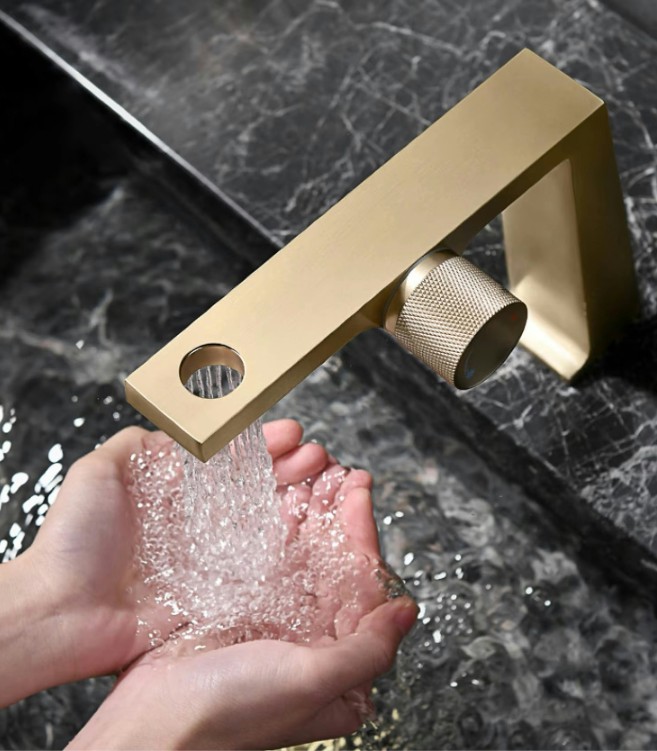
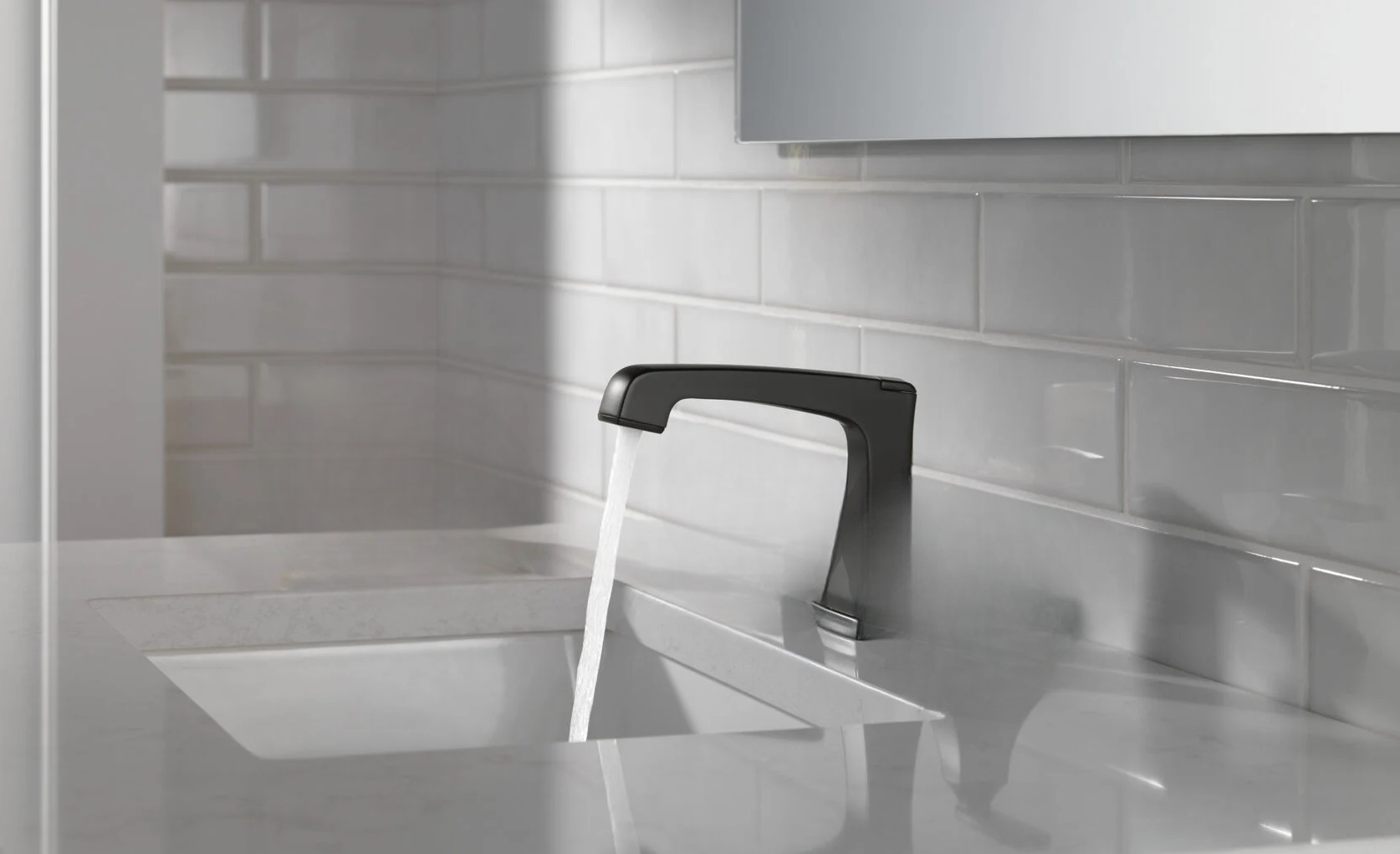
.jpeg)

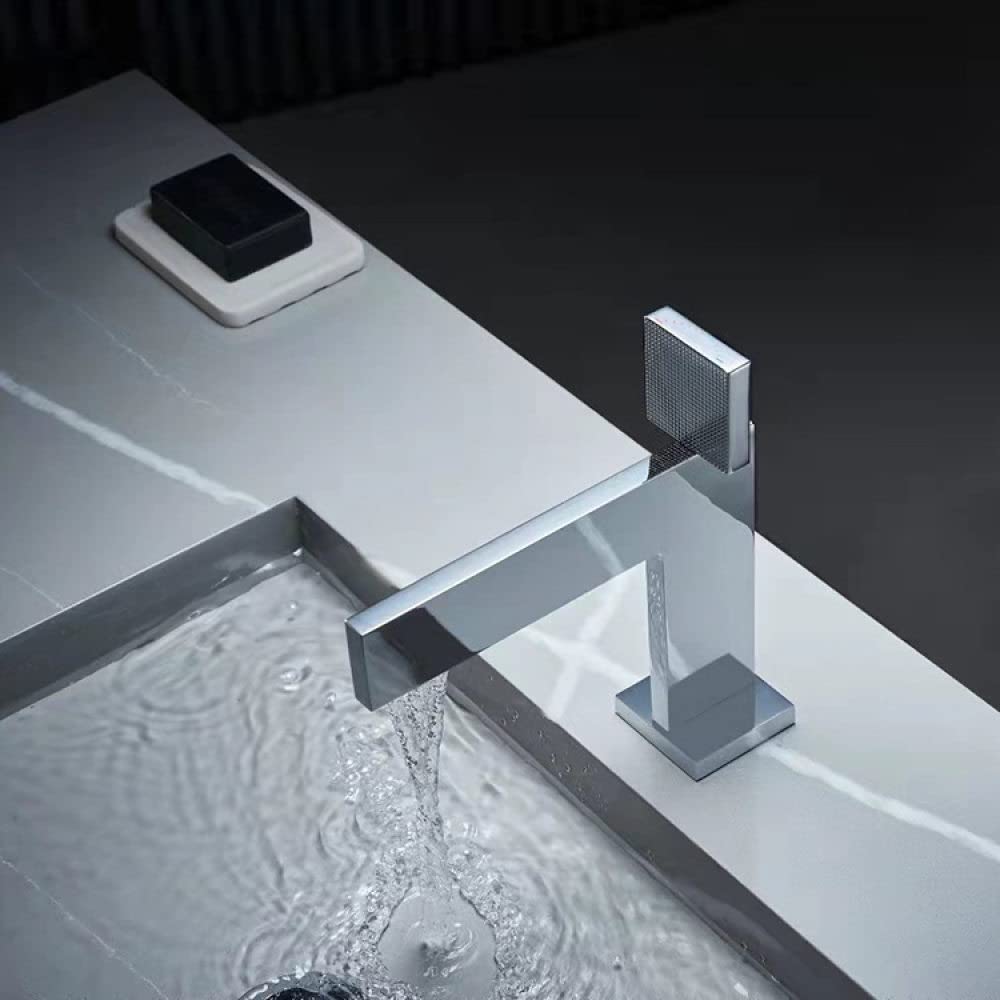
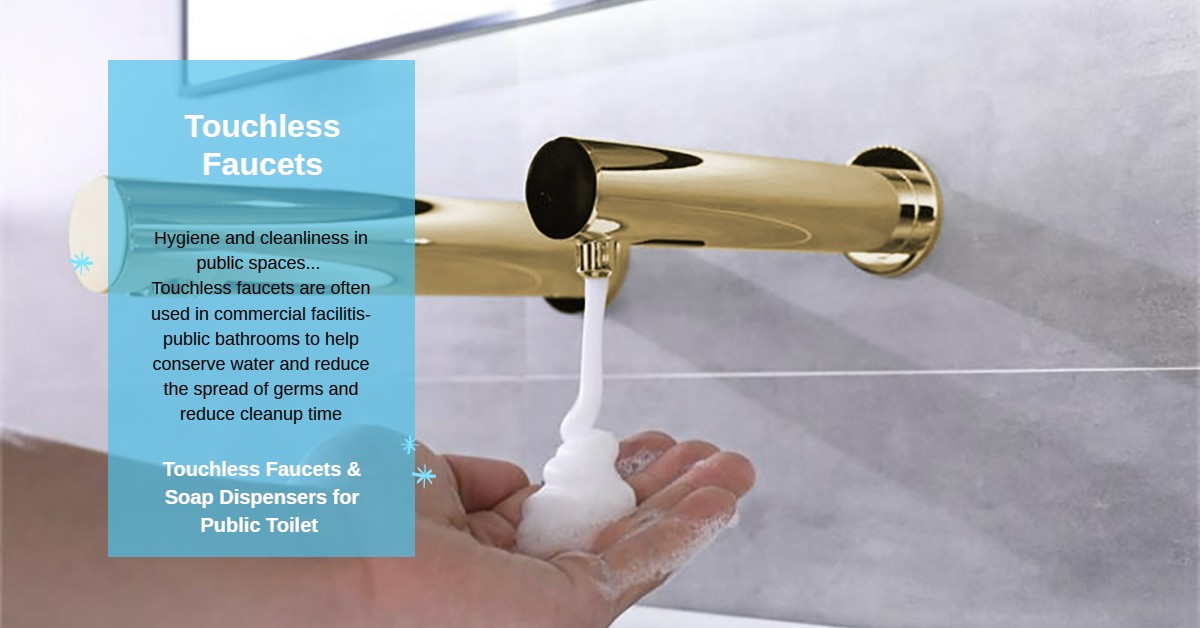
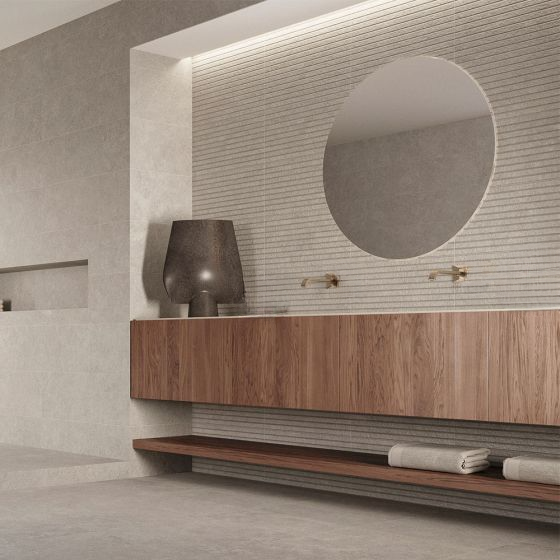
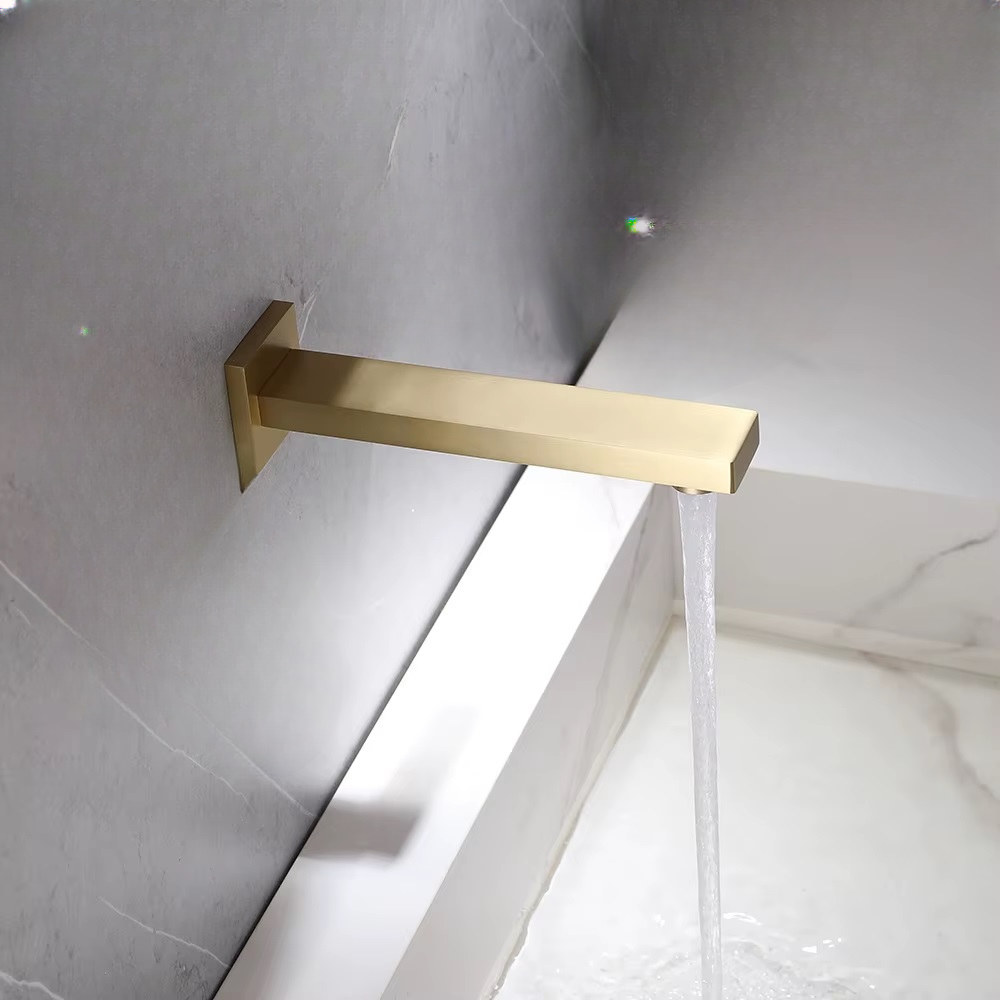
.jpg)
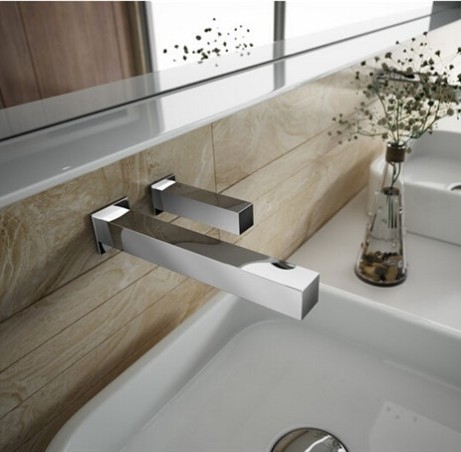
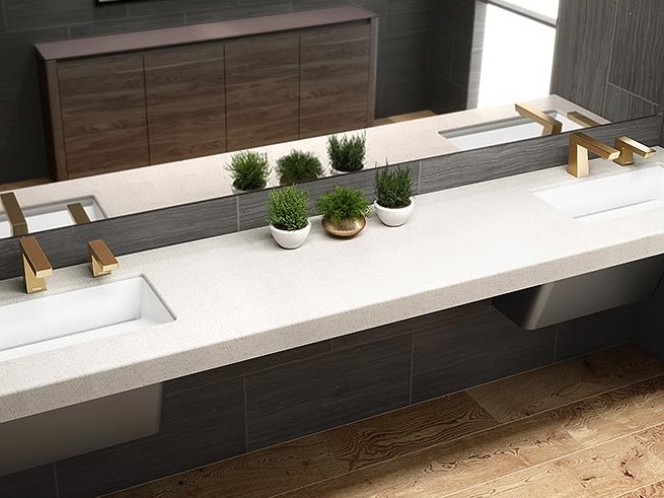
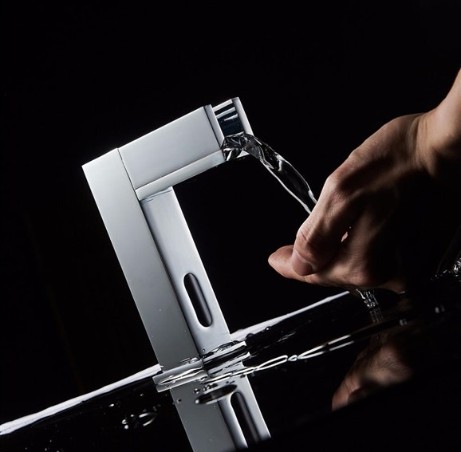
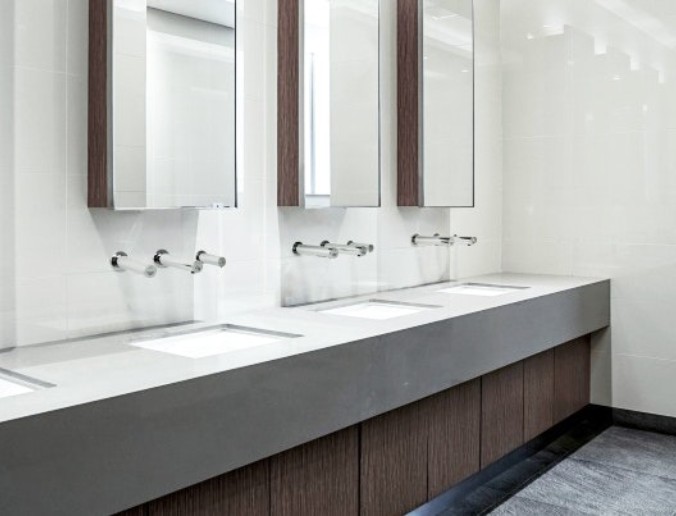
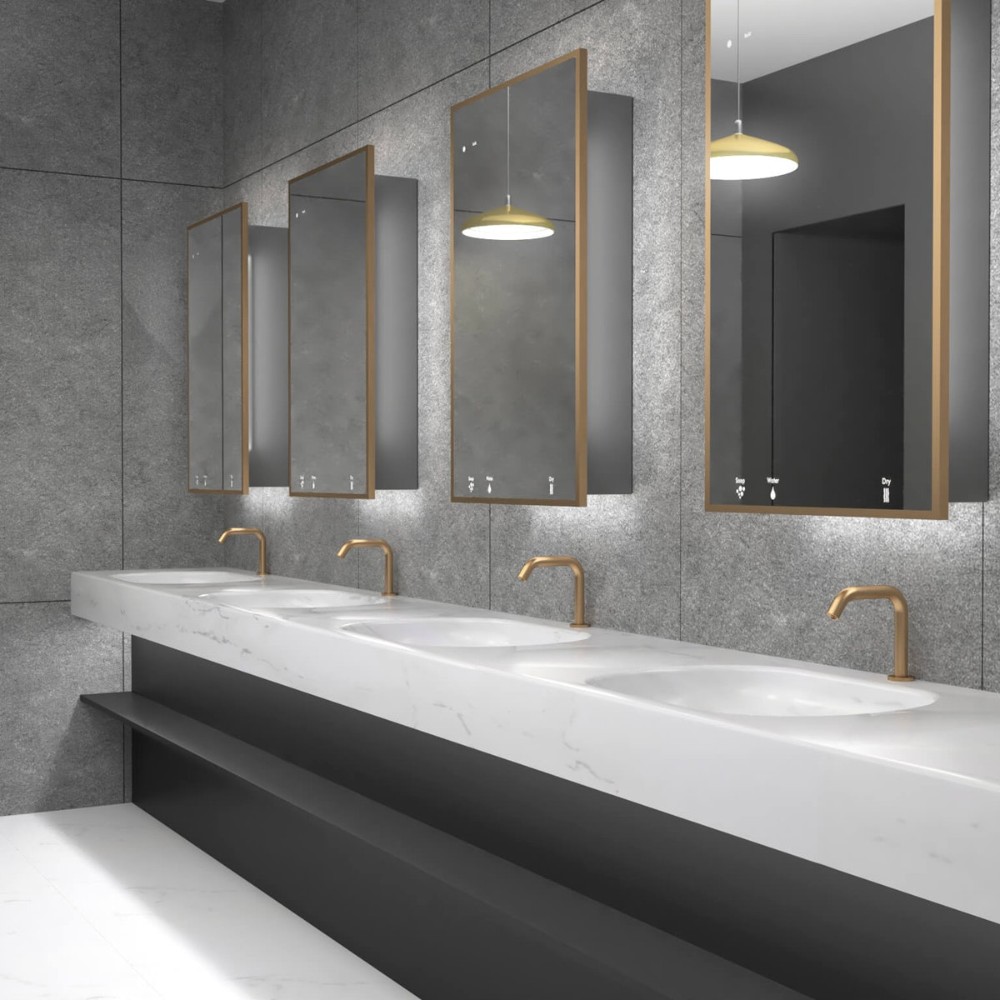
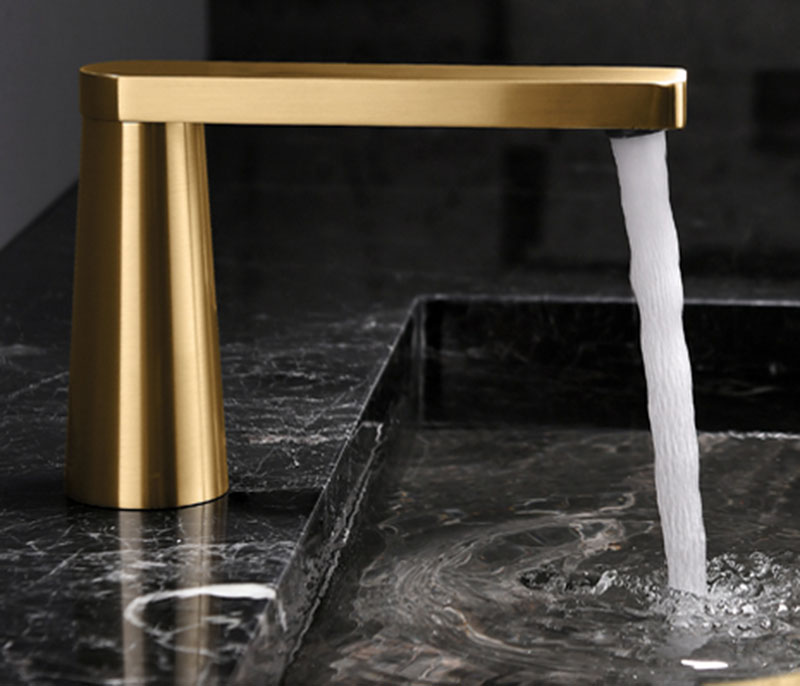
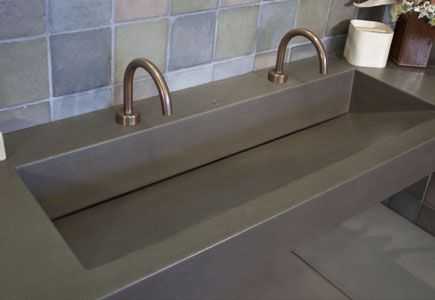
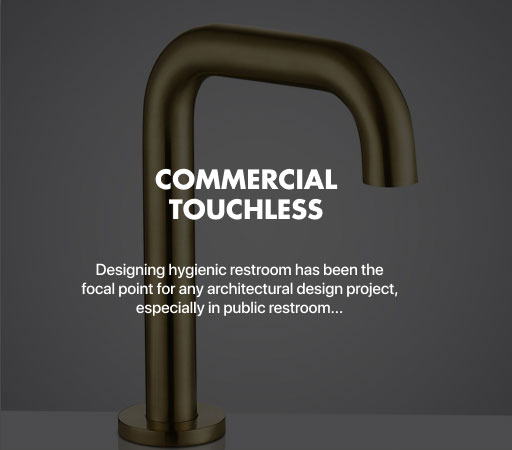
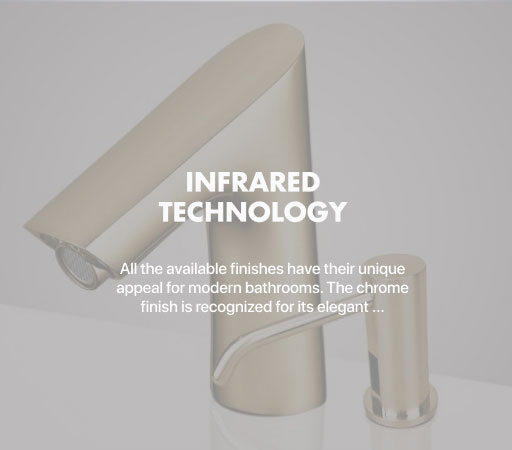


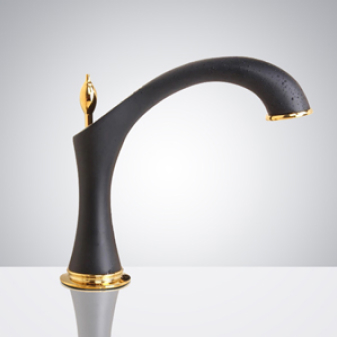
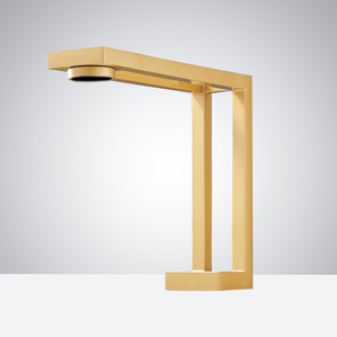
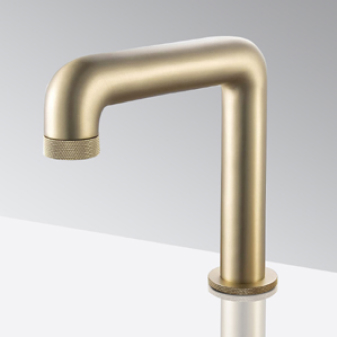

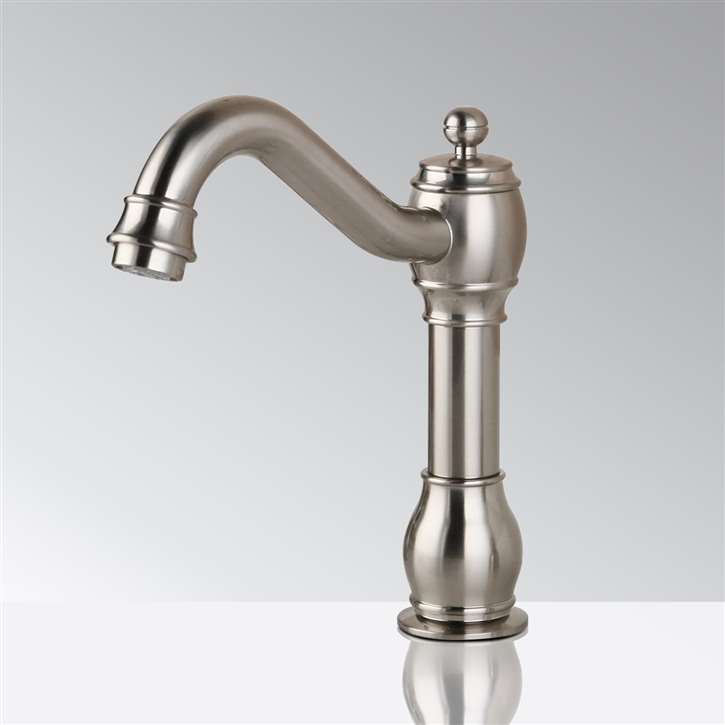
.jpg)
.jpg)
.jpg)
